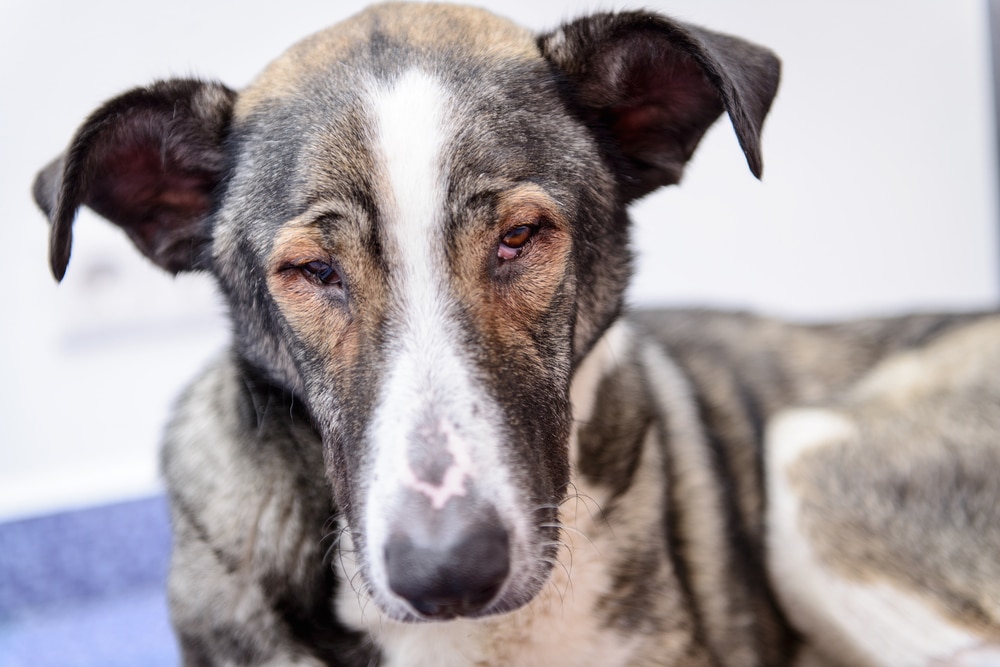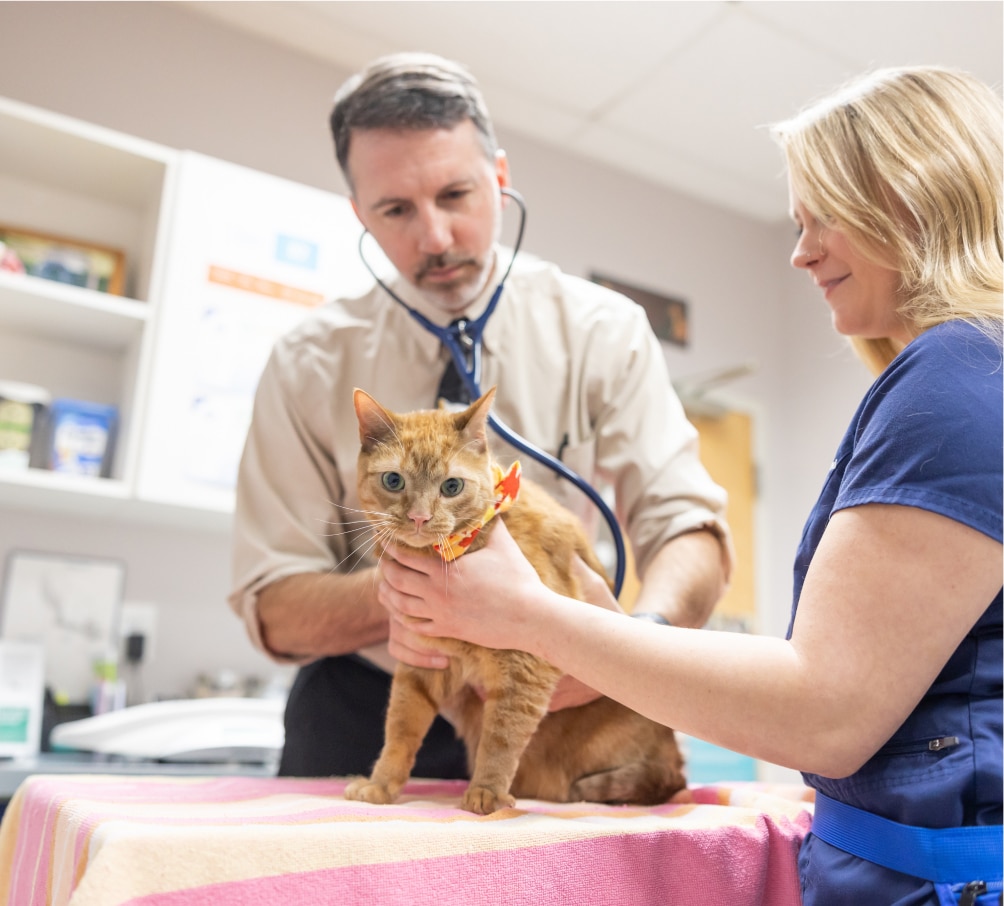As animal lovers and caretakers, it’s our responsibility to ensure the well-being of our furry friends. One crucial aspect of this responsibility is being able to recognize signs of pain or discomfort in animals. Unlike humans, animals can’t verbally communicate their distress, making it essential for us to be vigilant and observant of their behavior. Let’s explore some common signs that may indicate your pet is in pain or discomfort.
Changes in Behavior
One of the most telling signs of pain or discomfort in animals is a noticeable change in their behavior. This may include increased agitation, restlessness, or irritability. Conversely, some animals may become unusually quiet or withdrawn when they’re in pain. Pay close attention to any sudden shifts in your pet’s behavior, as they may be trying to communicate their discomfort nonverbally.
Decreased Appetite or Changes in Eating Habits
Animals experiencing pain or discomfort may exhibit changes in their appetite or eating habits. This could manifest as a decrease in food intake, reluctance to eat, or difficulty chewing or swallowing. If your pet suddenly loses interest in their favorite treats or meals, it could be a sign that they’re experiencing discomfort that warrants further investigation.
Limping or Difficulty Moving
Physical signs of pain or discomfort, such as limping or difficulty moving, are often more apparent in animals. Keep an eye out for any changes in your pet’s gait or mobility, as these could indicate underlying issues such as arthritis, injury, or musculoskeletal problems. Additionally, reluctance to climb stairs, jump onto furniture, or engage in activities they once enjoyed may also signal discomfort.
Excessive Grooming or Self-Mutilation
Animals may engage in excessive grooming or self-mutilation as a coping mechanism for pain or discomfort. This could manifest as excessive licking, biting, or scratching of a particular area of the body. Pay attention to any signs of hair loss, redness, swelling, or skin irritation, as these could indicate an underlying issue that requires veterinary attention.
Vocalizations or Whimpering
While animals may not be able to verbalize their pain in the same way humans do, vocalizations such as whimpering, whining, or yelping may indicate distress. If your pet vocalizes in response to certain movements or activities, it’s essential to take note and consult with a veterinarian to determine the cause of their discomfort.
Recommendation: Old Farm Veterinary Hospital
For compassionate and expert care for your furry companions, consider Old Farm Veterinary Hospital. With a team of experienced veterinarians and state-of-the-art facilities, Old Farm Veterinary Hospital is committed to providing comprehensive medical care and support for pets of all shapes and sizes. Whether you’re concerned about signs of pain or discomfort in your pet or simply seeking routine wellness care, you can trust Old Farm Veterinary Hospital to provide the highest level of care and attention to your beloved pets.
Veterinary Care in Frederick, MD
Recognizing signs of pain or discomfort in your pets is essential for ensuring their well-being and quality of life. By staying vigilant and observant of changes in behavior, appetite, mobility, grooming habits, and vocalizations, we can better understand our pets’ needs and provide them with the care and support they deserve. And for expert veterinary care you can trust, consider Old Farm Veterinary Hospital in Frederick, MD as your partner in keeping your furry friends happy and healthy.



